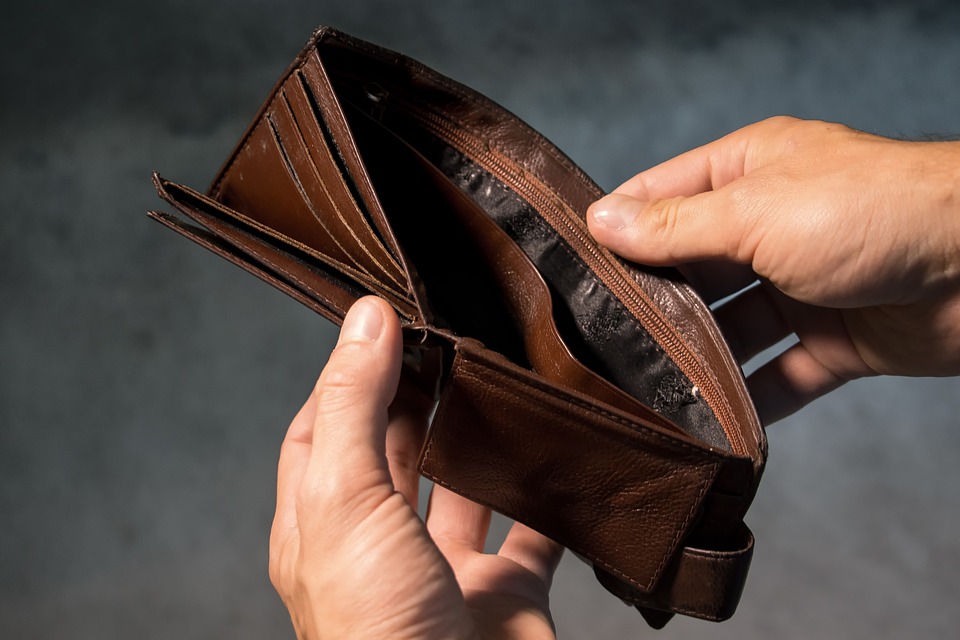How to Handle Credit Card Debt and Get Debt Free
card debt is nothing new. Millions of people around the world are getting themselves into ever greater levels of it. Indeed, consumer debt recently surpassed the almighty $4 trillion mark. That’s a scary figure, and a shocking level of debt to find ourselves in. Of course, being in debt is no laughing matter. With crippling […]
How to Handle Credit Card Debt and Get Debt Free Read More »


